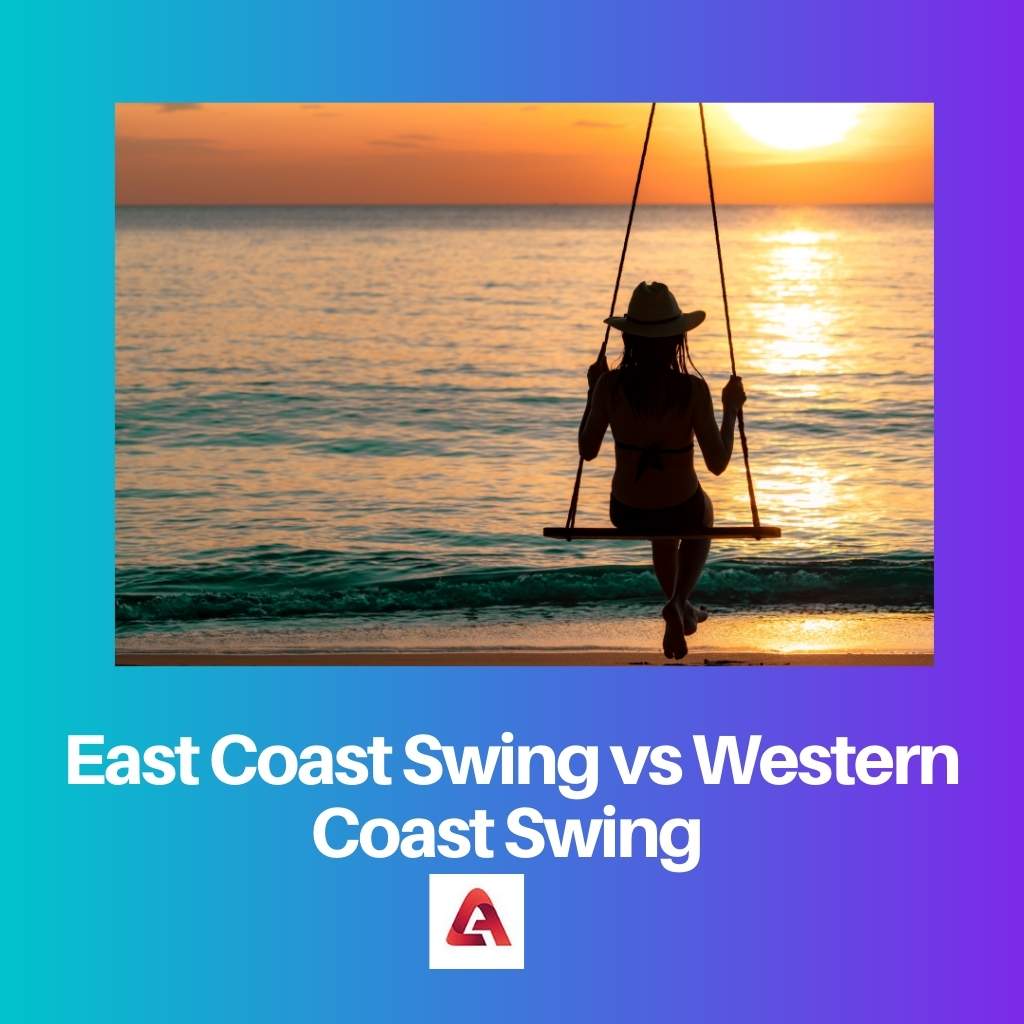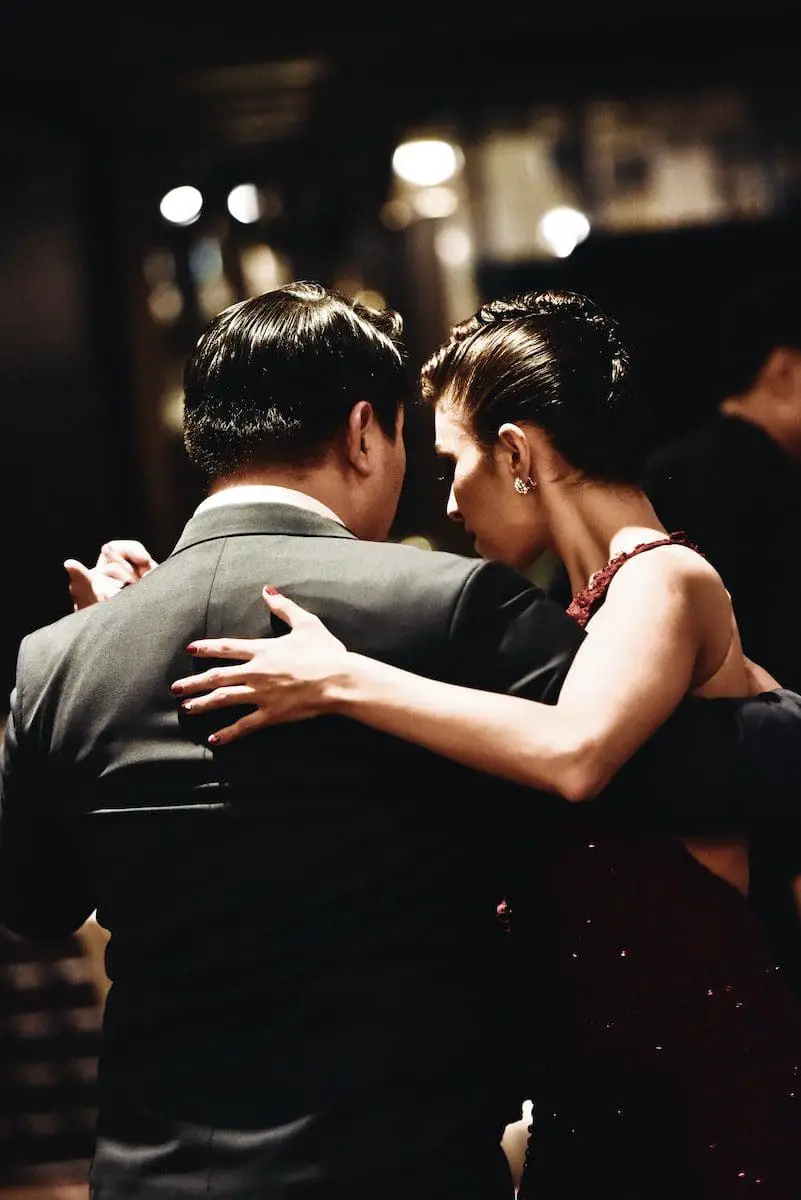Dance is an art form that includes many steps and movements. The movement reflects some aesthetic and symbolic value. Dance isn’t a new art.
When there was no development of written language, it was a way to pass stories from one generation to others. It is as old as the ancient civilizations.
In the case of India, the evidence of dance is found back to 9000 years old. During ancient times, people danced to reflect their internal feelings or to show gestures to the almighty.
The main motive of dance is to express emotions. For communication purposes, people danced. Not only human beings dance, but also certain animals like peacocks, and monkeys dance.
Like, peacock performs when there is rainy weather. Animals dance to express a sudden spirit of joy and happiness. Even human beings also dance with the same purpose.
Like when there is something positive things happen in life, people have started dancing to express excitement.
Key Takeaways
- East Coast Swing is a lively, bouncy dance with a basic six-count pattern, while West Coast Swing is a smooth, slinky dance with a basic six or eight-count pattern.
- East Coast Swing involves a circular, rotating motion, whereas West Coast Swing features a linear, slot-style movement.
- East Coast Swing is danced to faster, big band music, while West Coast Swing is danced to a wider range of music styles, including blues, R&B, and contemporary pop.
East Coast Swing vs Western Coast Swing
The difference between East Coast Swing and Western Coast Swing is that East Coast swing uses two triple steps and one rock step, whereas the West Coast Swing uses two walking steps and two triple steps. East Coast Swing uses big band jazz music, whereas West Coast Swing uses blue music. And also jazz music. East Coast swing is an energetic dance, whereas West Coast Swing saves energy. East Coast swing is one of the most famous dances for weeding, whereas West Coast Swing is a social dance upgrade.

East Coast Swing is a type of rational dance. It uses two triple steps and one rock step, along with big bands, fast blues, and rock and roll music. It is an energetic dance format.
The speed of music varies between 136 to 144 beats per minute for dancing.
West Coast is a type of slotted dance that uses two walking steps and two triple steps.
It is popular among the dancer because it is adaptable to a wide variety of music genres. Speeds of music vary between 90 to 130 beats per minute for dancing.
Comparison Table
| Parameters of Comparison | East Coast Swing | West Coast Swing |
|---|---|---|
| Types of dance | It is a type of rational dance. | It is a type of slotted dance. |
| The components | It uses two triple steps and one rock step. | It uses two walking steps and two triple steps. |
| The style | Style is circular. | Style is in linear fashion. |
| The Music | Associated with big band jazz music. | Associated with blue music |
| The technique | It is an energetic dance. | It is a slow dance. |
What is East Coast Swing?
Eastern Swing is the other name of East Coast Swing. It came for the first time in 1940. Arthur Dance is the one who introduced this dance format. It has many alternative names.
But after 1975, East Coast Swing has become the common name of Eastern Swing.
East Coast Swing is a social partner dance and belongs to a group of swing dances. It is a rhythm-based dance.
East Coast Swing uses two triple steps and one rock step, along with big bands, fast blues, and rock and roll music. It is an energetic dance format. The speed of music varies between 136 to 144 beats per minute for dancing.
It contains both 6 and 8-beet dance patterns. It is a standard form of dance format used to differentiate from street format.
After some time, it has allowed for the comparison of competitive ballroom dancers. The East Coast swing is a part of Landy Hope. Landy Hope was never recognized by the Dance Council Of America as a standard dance format. But still, it has gained popularity in other parts of the world. Now it is popular among dancers.

What is West Coast Swing?
Western swing is another name for the Western East Coast and a part of modern style swing dancing. It came into existence during the 1930s and 1940s. At that time, it was not popular. Spade Cooley did a lot of promotional campaigns after 1940. Its genre contains elements from many other dance music styles, from traditional and classical to pop music.
It is a ballroom dance consisting of a Western flair. East Coast Swing is like West Coast Swing, but there are some differences that exist here, also.
It is a type of slotted dance where ladies or followers do forward and backward movements in a straight line.
West coast Swing dance has many styles and varies considerably. It allows a lot of fun while dancing between partners. West Coast Swing is famous all over the world.
There is the highest number of West coast Swing dancer present in the United States. The biggest dance centre is also in California and Texas.
In European countries, it is famous in France, Hungry, and England. We can say that it is a living dance as it is evolving continuously and it has more adaptability.
This format is tolerant and open to mixing the other dance format.

Main Differences Between East Coast Swing and West Coast Swing
- East Coast Swing is widely used in weddings. On the other hand, dancers perform West Coast Swing for social upgrades.
- East Coast Swing is an energetic dance format, while West Coast Swing saves energy.
- For the East Coast Swing, the speed of music varies between 136 to 144 beats per minute. On the other hand, West Coast Swing uses 90 to 130 beats per minute.
- East Coast Swing is a type of rational dance. On the other hand, West Coast Swing is a type of slotted dance.
- East Coast Swing is not adaptable easily. On the hand, East Coast Swing is easy to learn.

- https://journals.sagepub.com/doi/abs/10.1177/1466138111398231
- http://csuchico-dspace.calstate.edu/handle/10211.3/213382

Dance, as an art form, extends beyond mere entertainment and encompasses cultural, emotional, and even spiritual dimensions.
Absolutely, the multi-faceted nature of dance demands a deeper level of understanding and appreciation.
The significance of dance in the transmission of stories and the expression of emotions is noteworthy. It goes beyond mere physical movement.
The historical context of various dance forms, such as East Coast Swing and West Coast Swing, provides a rich tapestry of cultural and artistic significance.
Understanding the unique characteristics and historical roots of different dance styles enhances our appreciation for the artistry and skill involved.
The comprehensive comparison between Eastern and Western Coast Swing offers valuable insights into the historical, technical, and stylistic dimensions of these distinct dance forms.
The intricate interplay of musical rhythm and dance movements in East Coast Swing and West Coast Swing underscores the rich tapestry of artistic expression inherent in both styles.
Examining the shared features and divergent attributes of Eastern and Western dance traditions enhances our understanding of both forms within the broader context of dance history.
The social, celebratory, and communicative functions of dance underscore its role as a vital aspect of cultural expression.
Absolutely, dance serves as a form of non-verbal communication and a mode of joyful expression in diverse cultural settings.
The distinction between East Coast Swing and West Coast Swing showcases the diversity and dynamism within the realm of dance, reflecting unique cultural and musical influences.
The fusion of music and movement in different dance styles exemplifies the interplay between artistic expression and cultural identity.
The evolution of dance styles in response to various musical genres and cultural contexts underscores the adaptability and creativity inherent in dance.
Delving into the historical and cultural origins of different swing dance styles deepens our appreciation for the diverse heritage and creative evolution of dance traditions.
Dance has always been deeply intertwined with human culture. A historical perspective of dance in different societies is crucial in understanding it as an art form.
The historical aspect of dance provides valuable insights into the emotional and expressive aspects of the human experience.
I completely agree. It is fascinating to learn how dance has evolved over time and across different civilizations.
The technical and musical distinctions between East Coast Swing and West Coast Swing highlight the depth and complexity of the dance tradition, blending historical elements with contemporary adaptations.
Exploring the intricate nuances of dance styles and their musical counterparts reveals the diverse artistry and rhythmic patterns embedded in traditional and modern forms of dance.
The interplay of dance and nature, such as the example of animals expressing joy through movement, highlights the universal nature of the art form.
Indeed, the parallels between human and animal dance behaviors emphasize the intrinsic connection between life and rhythm.
The cultural and spiritual significance of dance across various civilizations is a testament to its enduring impact on human societies.